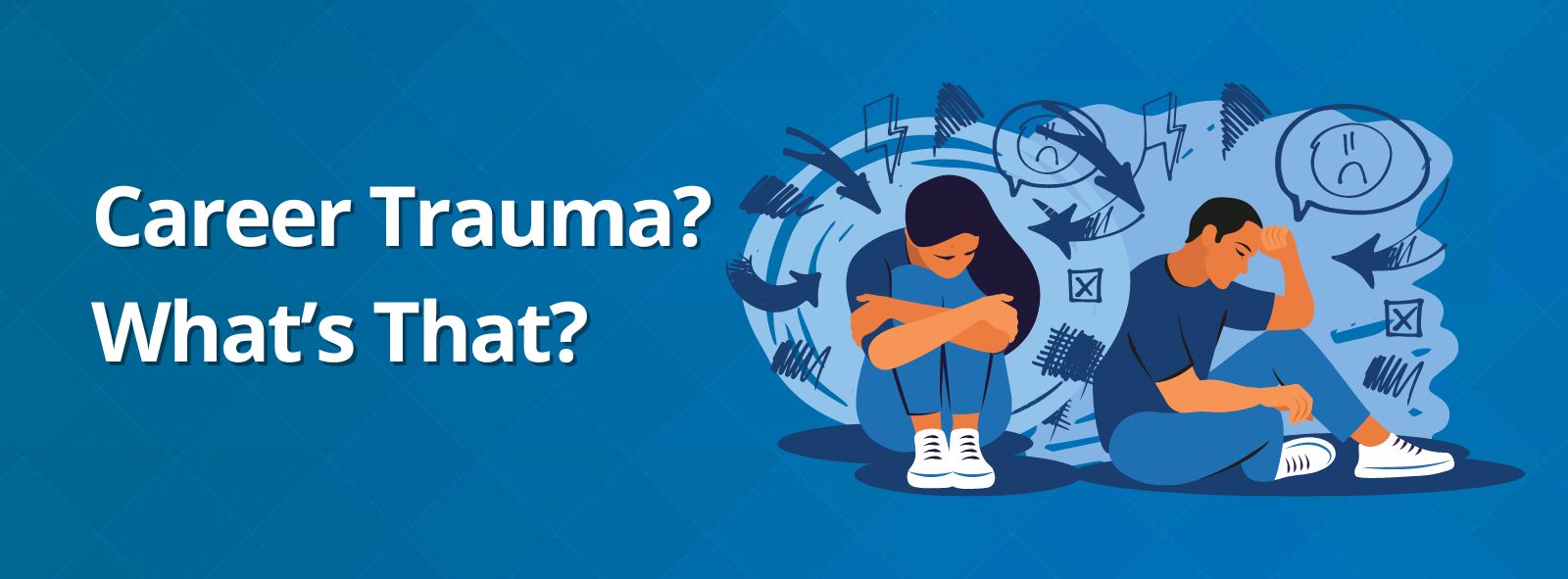“An unhealed person can find offense in pretty much anything someone does. A healed person understands that the actions of others have nothing to do with them. Each day you get to decide which one you will be” ~ Unknown
“If you continue to carry bricks from your past, you will end up building the same house.” ~ Unknown
What is trauma anyway?
Trauma, according to the Oxford Dictionaries, is “a deeply distressing or disturbing experience”. In medicine it is the rupture, bruising or woundingof one or more body parts. You are not responsible for the trauma that happened to you, but you are responsible to heal it.
Without healing, trauma causes you to misinterpret people’s intentions, misread their emotional cues and unintentionally create the same environment for workplace trauma you desperately wanted to leave behind. Why? Because you are “using the same emotional bricks” for your new intentions and are following the same trauma repeating “blueprints” in reaction to perception of threat.
Causes of workplace trauma
Here are some causes of workplace trauma that you may have experienced:
- Unexpected Termination or Layoff
- Workplace Harassment or Discrimination
- Violence or Threats in the Workplace
- Work-related Accidents or Injuries
- Toxic Work Environment
- Ethical Dilemmas or Moral Conflicts
- Failed Projects or Career Setback
- Excessive Workload or Unrealistic Expectations
- Isolation or Lack of Support
- Career Transitions or Uncertainty
So what can you do about it?

Understanding your experience and naming your symptoms
The first step is understanding how you are experiencing career trauma and noticing what symptoms could be affecting you.
People typically experience one or more work related wounds in the course of their working lives. After experiencing several similar events, they develop into career traumas which can affect any of the following aspects of life unless there is awareness and intervention:
- Physical – feeling unsafe, untrained or unprepared to do a job related task, resulting in physical injury
- Emotional – strong unpleasant emotions related to perception of emotional threat
- Psychological – developing symptoms and habits of psychological dis-ease such as anxiety, panic attacks, paranoia, enduring body pain that has no physical source, anger issues
- Moral – feeling either invisible or purposely targeted for humiliation, and degradation resulting in loss of dignity and self-esteem
- Spiritual – discourteous, disrespectful, prejudiced or otherwise marginalizing and hurtful behavior that feels like a wound to the spirit
- Cultural – dismissal of, willful ignorance of, or deliberately harmful comments, actions and behaviors targeted against individuals and groups for their ancestry, ethnicity, language, accent, religion, social class, immigration status, sexual orientation or educational background. This results in a feeling of lesser importance or subjugation to the dominant workplace cultural group inflicting the harm
This is how workplace behavior is affected by trauma. Take a look at these symptoms and see if you recognize yourself or others after reading the descriptions:
Who is affected by workplace trauma?
In my experience, there is no working person who has not experienced some type of work-wound, although the degree of severity varies, as does the ability to heal without intervention.
Note that workplace trauma not only affects the people suffering as victims, it also affects the perpetrators and those witnessing it who experience “vicarious trauma”. Those experiencing other people’s trauma on a regular basis need special assistance with discharging the effects so they don’t develop further symptoms.

Steps to start healing
Putting on a fake positive face and saying “I’m fine” does not help. You can only truly experience pleasant and authentic responses to work and life when you first acknowledge the specific trauma effects on your life, and give yourself permission to feel.
The next step is to learn to calm your reaction and increase your window of capacity for happiness. Practicing emotional regulation techniques helps to reduce symptoms and calm the nervous system, which in turn increases the ability to “read” reality instead of reacting to a triggered perception of it.
In the words of one of my podcast guests, Stephanie Brown, “We all deserve a job that allows us to thrive”. And the most effective way to grow healthier workplaces is by beginning with ourselves and our own workplace healing journey.
Acknowledging workplace trauma and accessing some of the tools available for healing is most effective with a trauma trained practitioner. If you would like to explore that option, consider booking a complimentary strategy call.
About the Author
Marie Gervais, PhD, CEO, Shift Management Inc. specializes in helping employers train their middle and senior managers to lead, get their workplace learning online and interactive, and coach for emotionally regulated performance. She has a background in integrating and managing the diverse workforce and in creating culturally responsive curriculum courses and programs for industry. Marie’s book, “The Spirit of Work: Timeless Wisdom, Current Realities” to understand the deeper processes behind workplace issues and find inroads into creating healthy and vibrant organizations is available on Amazon and other online book stores. Her podcast, “Culture and Leadership Connections” features interview and leadership tips through an intercultural lens, that help employers and employees alike be better people at work.








